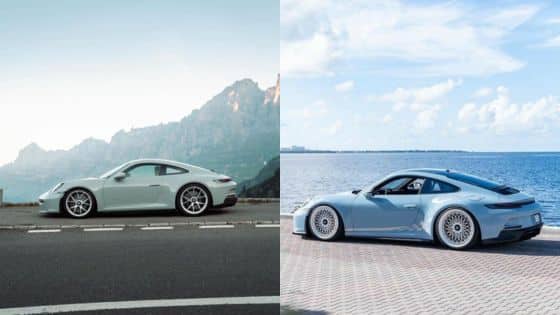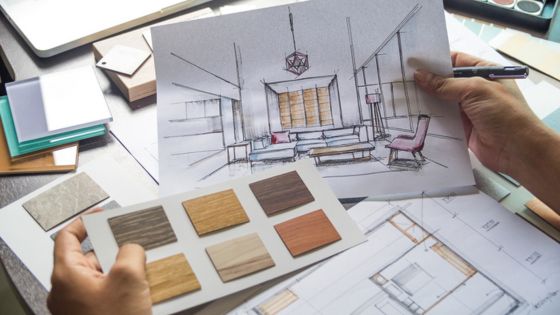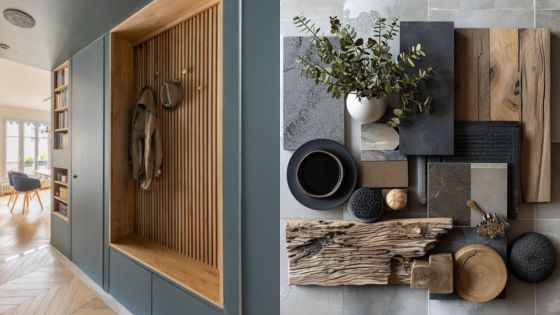Drawing cars combines technical skill with a passion for automotive design. Mastering this art form requires an understanding of car anatomy, proportions, and various drawing techniques. By focusing on the key elements of perspective and realism, artists can create visually compelling representations of sleek machines.
As artists hone their skills through consistent practice, they can explore diverse approaches to automotive art. Inspiration can be drawn from the dynamic shapes and sleek lines of modern vehicles, allowing for innovation in the portrayal of speed and elegance. The journey of learning to draw cars can be incredibly rewarding, unveiling the beauty of automotive engineering.
Key Takeaways
- Understanding car anatomy enhances drawing accuracy.
- Consistent practice improves drawing techniques and confidence.
- Exploring different styles opens up creative possibilities in automotive art.
Understanding Car Anatomy and Proportions
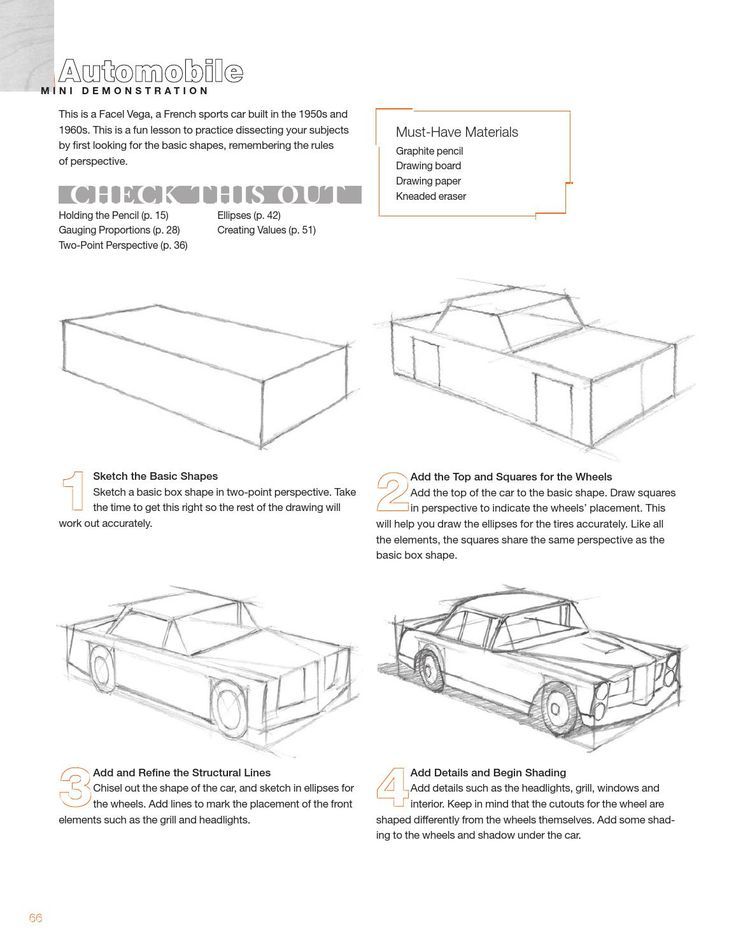
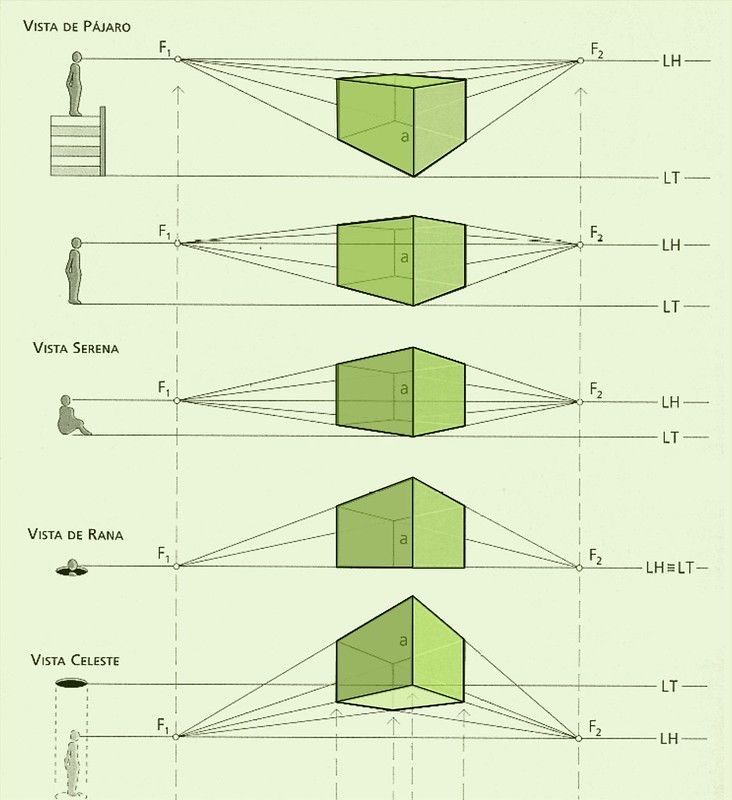
Car anatomy and proportions are fundamental in achieving a realistic and dynamic representation of vehicles. Recognizing key features and maintaining accurate proportions allows for improved design skills and better visual appeal.
Essentials of Car Anatomy
Car anatomy encompasses various components that define a vehicle’s character. Understanding these elements aids in capturing the essence of different car types. Common features include:
- Body Shape: The overall silhouette influences aerodynamics and style.
- Wheels and Tires: Proper placement is crucial for balance and realism.
- Windows and Roofline: Their size and angle impact the car’s stance.
- Grille and Headlights: These elements contribute to personality and design language.
Familiarizing oneself with these components enables a more coherent approach to car drawing, ensuring that artists accurately depict the features that distinguish different models.
Mastering Proportions in Car Design
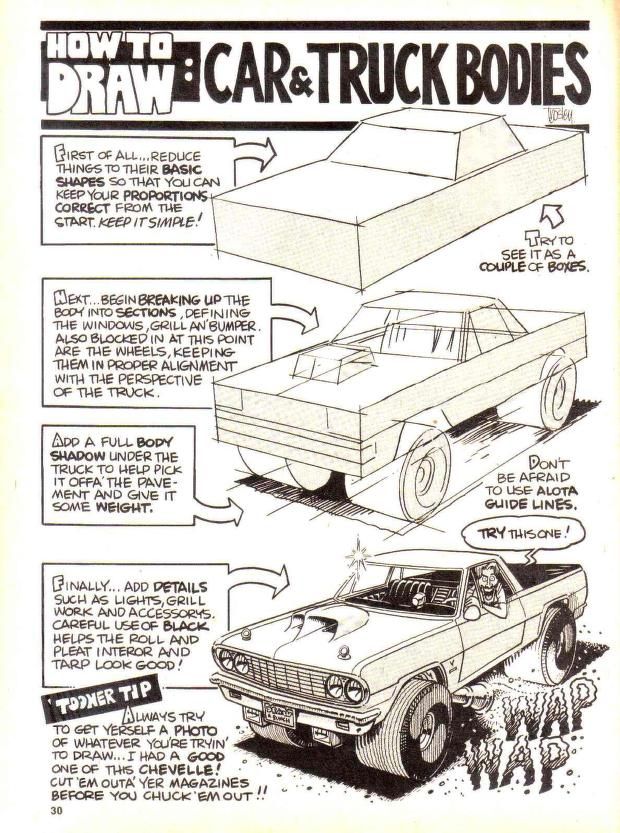
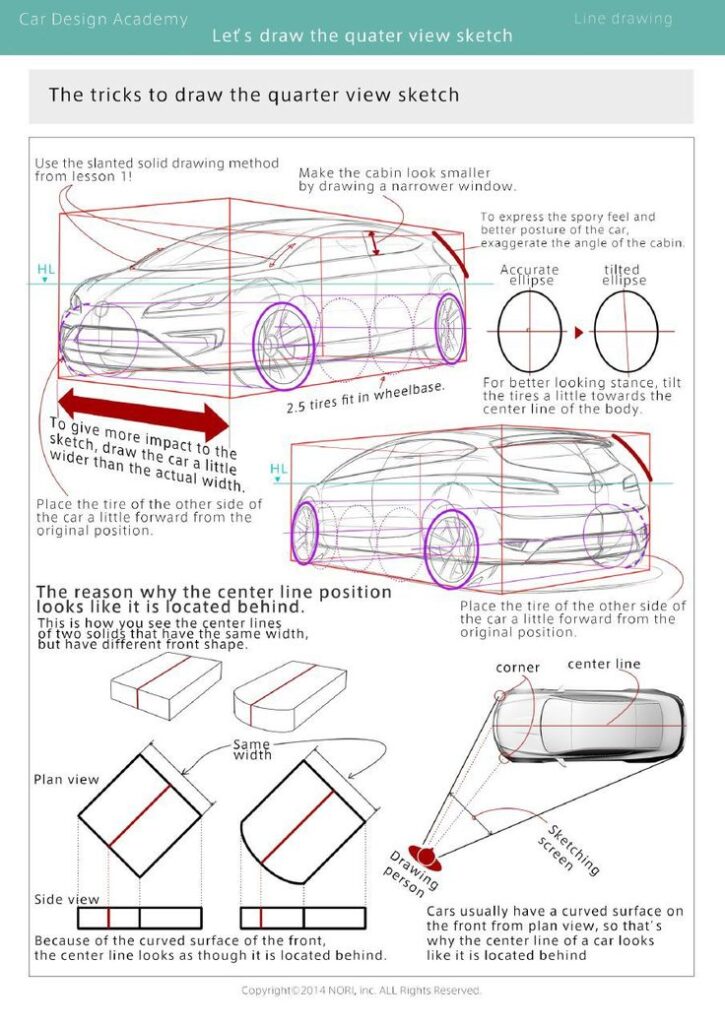
Proportions play a vital role in achieving a believable rendering of vehicles. Classic proportions often yield the best results in car design:
- Length to Height Ratio: A typical sports car may feature a lower height compared to its length, creating an impression of speed.
- Wheelbase: The distance between the front and rear axles should be balanced to enhance stability.
- Track Width: Wider vehicles tend to convey a more aggressive stance.
Maintaining these proportions helps in creating visuals that resonate with car enthusiasts. Observing real cars and referencing blueprints may aid in internalizing these relationships and applying them effectively in drawings.
Foundations of Car Drawing Techniques
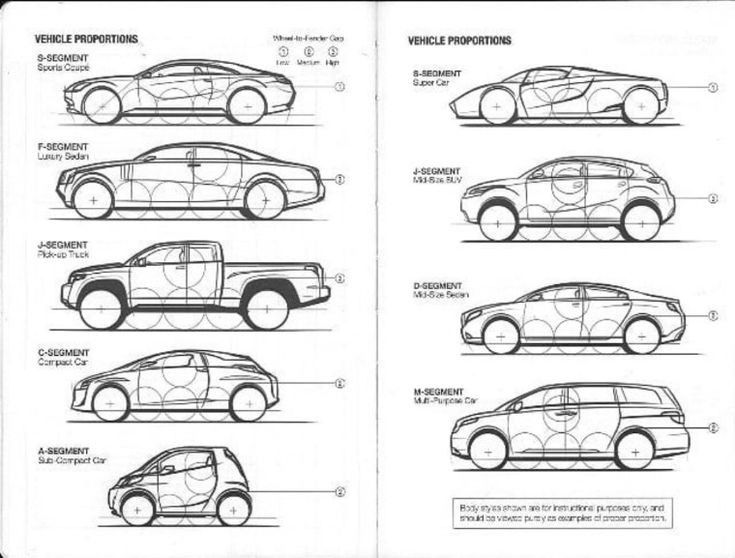
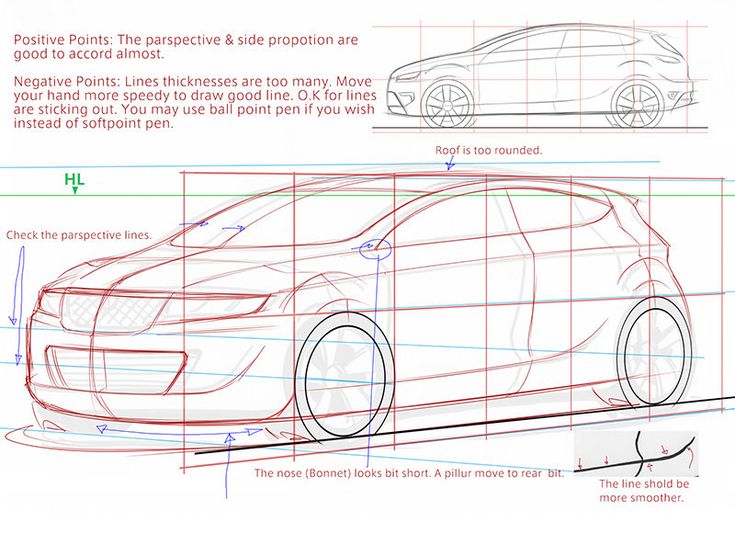
Establishing a solid foundation is essential for effectively drawing cars. Mastering the right drawing mediums, basic sketching techniques, and shading methods will significantly enhance rendering skills.
Choosing the Right Drawing Mediums
Selecting appropriate drawing mediums plays a crucial role in achieving desired effects. Common choices include graphite pencils, charcoal, and colored markers. Each medium has unique properties that influence texture and finish.
Graphite Pencils are ideal for detailed sketches and sharp lines. They range from H (hard) to B (soft), allowing for various shading effects. Charcoal, on the other hand, produces rich, dark lines and is excellent for bold strokes. Markers offer vibrant colors, perfect for dynamic designs. Experimenting with these mediums can help an artist find their preferred style.
Basic Sketching Techniques
Basic sketching techniques lay the groundwork for capturing accurate car proportions and perspectives. Starting with simple shapes like rectangles and ellipses can help construct the body of the car.
Artists should first outline the basic silhouette. Using light strokes allows for corrections without damaging the paper. Reference images can guide proportions and details. Additionally, creating a grid can help maintain accurate dimensions. Practicing these techniques enables smoother, more confident lines in final drawings.
Introduction to Shading Techniques
Shading techniques are integral for adding depth and realism to car drawings. Mastering light and shadow enhances the three-dimensional appearance of vehicles.
Hatching involves drawing parallel lines, while cross-hatching uses intersecting lines to create tones. Blending is another critical technique, which smooths transitions between light and dark areas. Utilizing tools like blending stumps or fingers can refine these shades. Artists should observe how light interacts with car surfaces to replicate highlights and shadows accurately. Developing these shading skills will elevate the overall quality of car illustrations.
Developing Your Drawing Skills With Practice
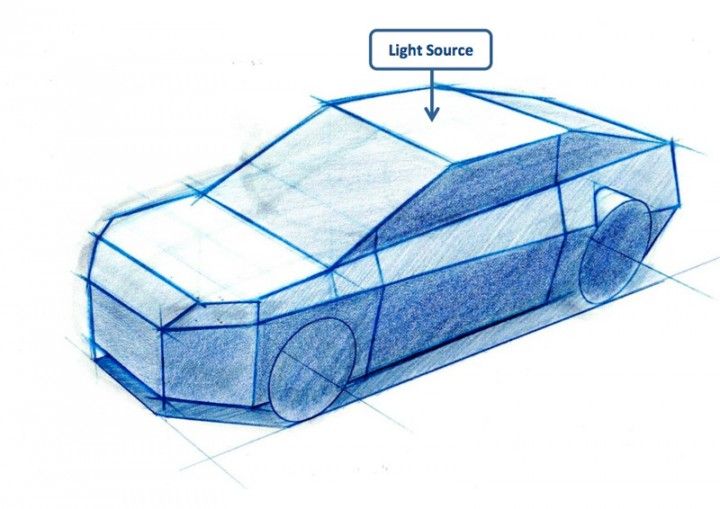
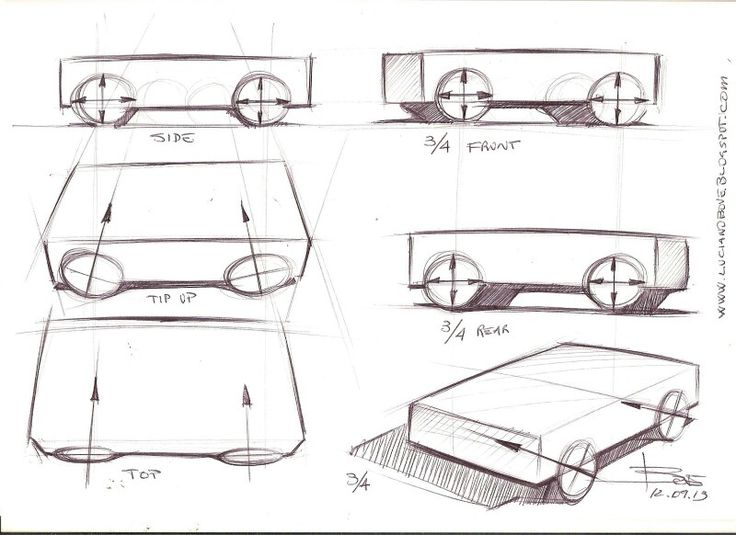
Consistent practice is essential for honing drawing skills, especially when it comes to capturing the essence of cars. Focusing attention on details and experimenting with techniques can lead to significant improvements in rendering sleek machines.
The Importance of Regular Practice
Regular practice is the cornerstone of skill development in drawing. Committing to a routine allows artists to refine their techniques, whether they are beginners or experienced drawers. Setting aside dedicated time each week to draw cars can enhance muscle memory and visualization skills.
Artists should aim to create a diverse range of sketches, from quick studies to more detailed representations. This variety helps in recognizing areas that require improvement and boosts confidence. Keeping a sketchbook can serve as an excellent way to track progress and revisit ideas.
From Sketching to Detailed Car Drawings
Transitioning from basic sketches to detailed drawings involves several stages. Initially, artists should focus on the basic shapes and proportions of the car. Understanding the fundamental structure is critical before adding intricate details.
Once comfortable with the shapes, the next step involves incorporating features like headlights, wheels, and reflections. Using reference images can significantly aid this process. Learning to observe how light interacts with the surfaces of a car enhances the ability to depict it realistically.
Artists should practice shading techniques to convey depth and texture. Varying pencil pressure and using different tools, such as charcoal or digital tablets, can yield diverse outcomes.
Experimenting With Different Drawing Styles
Exploring various drawing styles can provide valuable insights into personal preferences and strengths. Each style—be it realistic, minimalistic, or abstract—demands a unique approach to details and proportions.
Artists are encouraged to try techniques such as line drawing, cross-hatching, or airbrushing. Each method can offer distinct visual effects and a fresh perspective on car design.
Participating in online challenges or art communities can motivate experimentation. Feedback from peers can reveal strengths and areas for improvement, enhancing the learning experience. This exploration ultimately leads to a more versatile skill set in rendering cars.
Perspective and Realism in Car Drawings
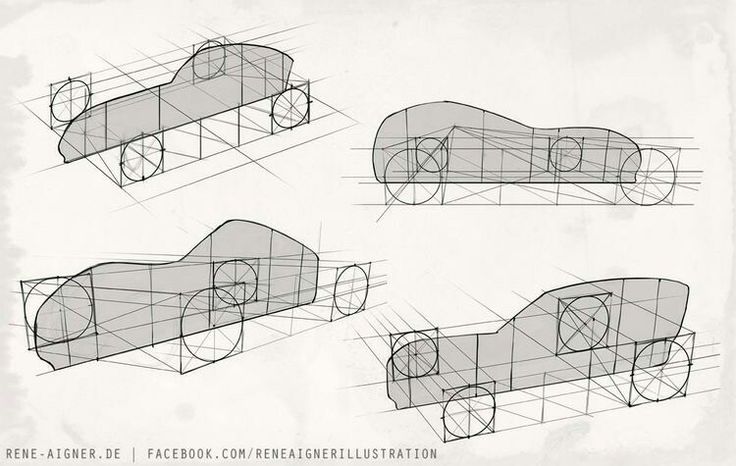
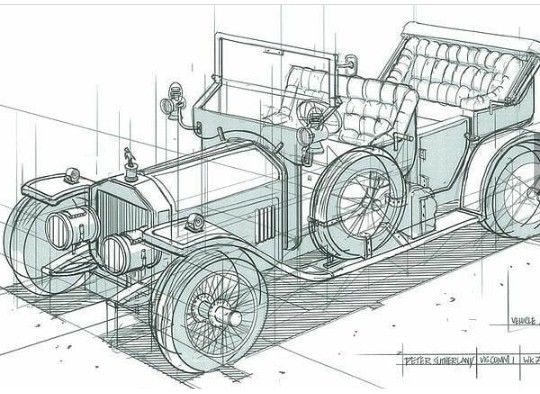
In car drawing, mastering perspective and realism is essential for creating visually compelling representations. Artists utilize specific techniques to convey depth and accuracy in their work, focusing on principles of perspective, intrinsic details, and manipulation of light and shadow.
Basic Perspective Principles
Understanding perspective is crucial in car drawing. It involves creating the illusion of depth on a flat surface. Artists often employ one-point and two-point perspective to depict how objects recede into the distance.
In one-point perspective, all lines converge at a single vanishing point. This technique is effective for straight-on views of cars. For more dynamic angles, two-point perspective anchors lines to two distinct vanishing points, enhancing the sense of space.
Using vanishing points accurately helps in maintaining proportion. Foreshortening also plays a role, where parts of the car closer to the viewer appear larger. This principle is pivotal in ensuring that car drawings look realistic and proportionate.
Achieving Realism Through Detail
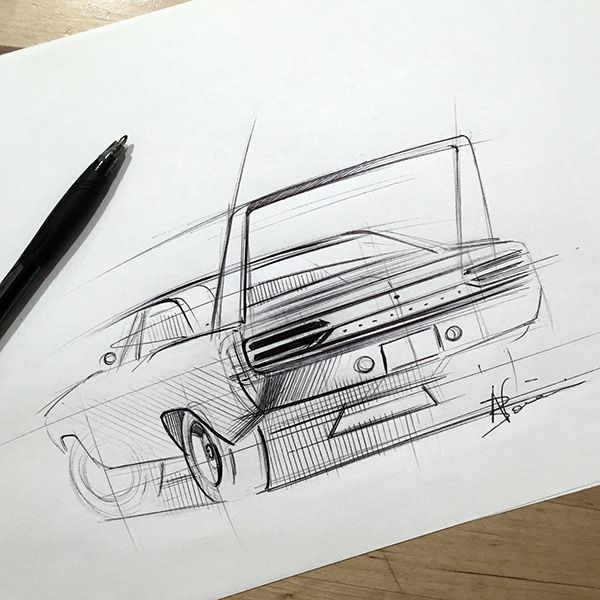
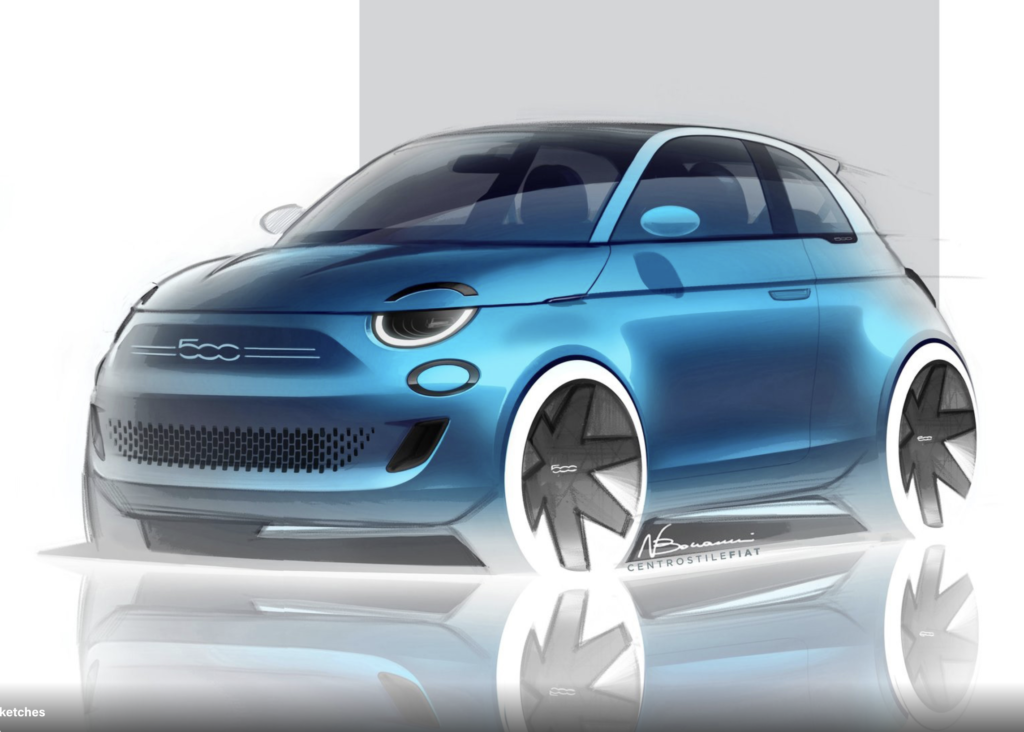
Detailing enhances the realism of car drawings significantly. Artists should focus on specific features like grilles, headlights, and wheel designs. By meticulously rendering these elements, they create a more lifelike representation.
Texture is another component that adds depth. Artists may use varied line weights to depict different surfaces, such as smooth paint or rugged tires. Including reflections, scratches, and other imperfections can also convey realism.
Additionally, incorporating accurate proportions and scaling consistently throughout the drawing ensures that the vehicle does not appear distorted. This attention to detail sets apart a basic drawing from a realistic rendering.
Light, Shadow, and Reflectivity
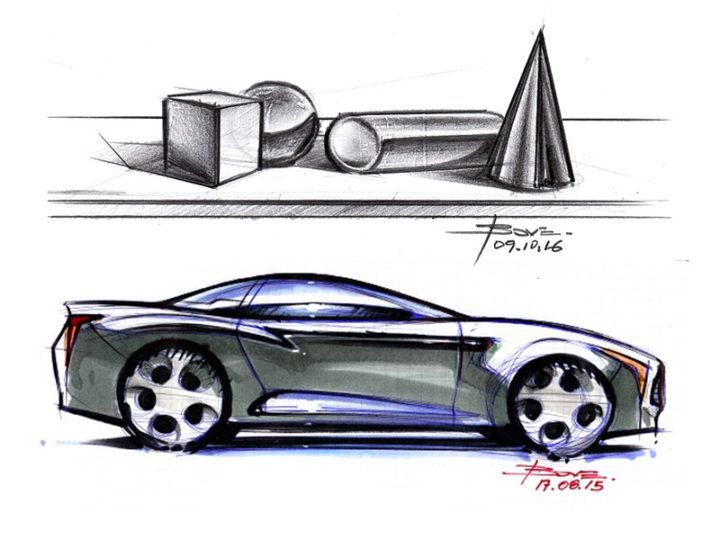
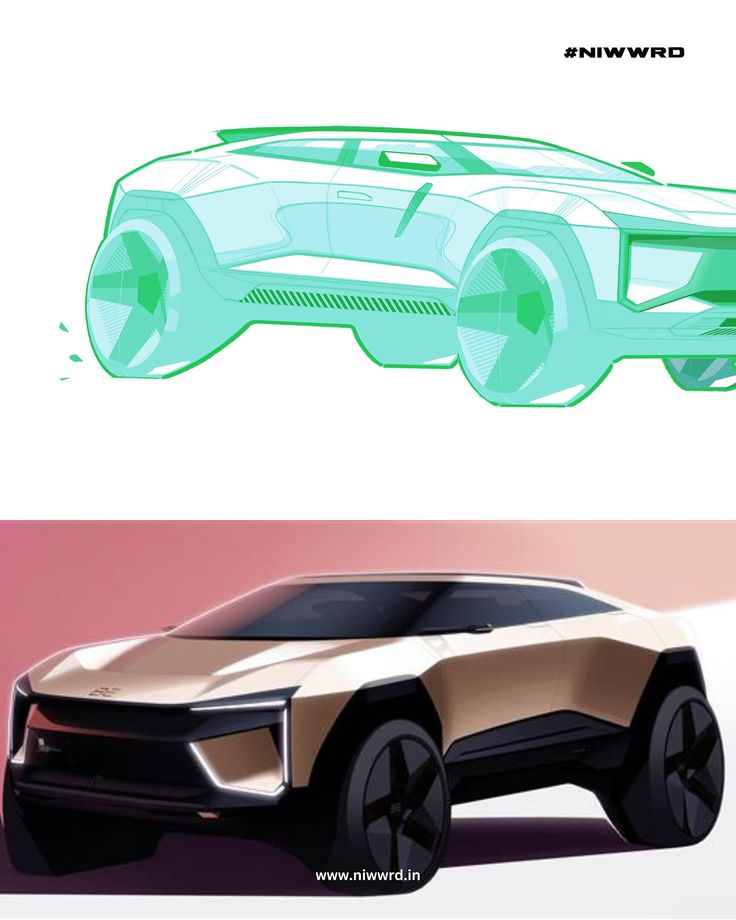
Light and shadow are vital for adding dimension to car drawings. Understanding how light interacts with surfaces helps artists create lifelike images. Shadows should correspond to the light source to maintain consistency.
Using highlights on glossy surfaces like car paint is essential. Artists can use techniques like hatching and blending to create smooth transitions of light and shade. This method emphasizes curves and edges of the vehicle.
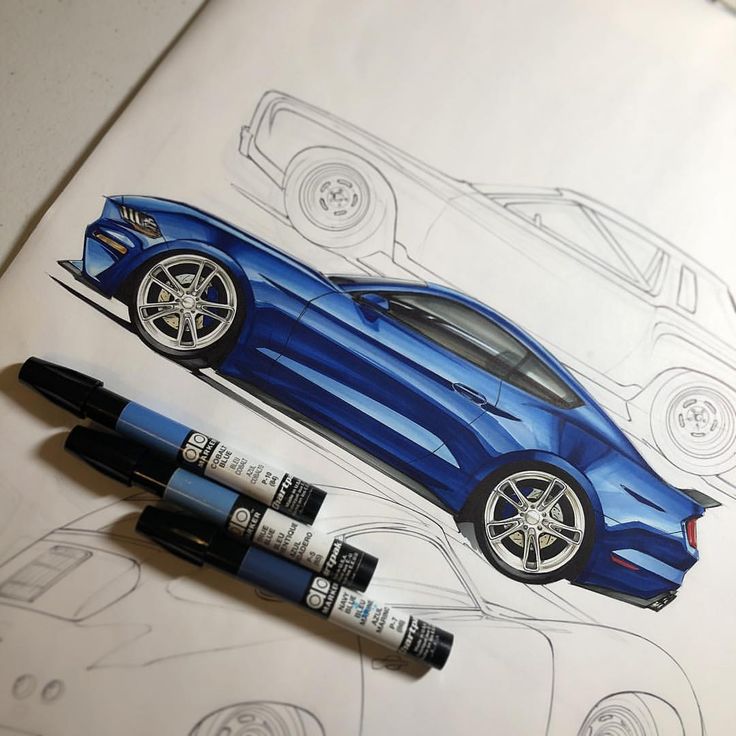
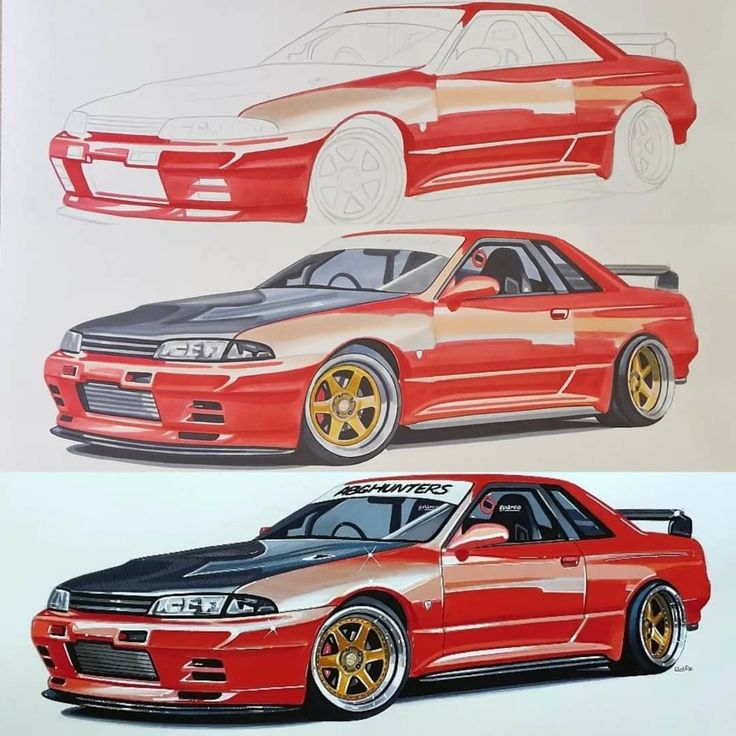
Reflectivity must also be taken into account. Cars have reflective surfaces that mirror their surroundings. Accurately depicting these reflections helps in anchoring the vehicle within its environment. Balancing light, shadow, and reflectivity is key to achieving dynamic and realistic car drawings.
Advanced Techniques for Drawing Cars
Mastering advanced techniques in car rendering can significantly enhance the quality of the artwork. Focus on shading, motion representation, and the harmony between form and function for more impactful results.
Dynamic Shading for Realistic Effects
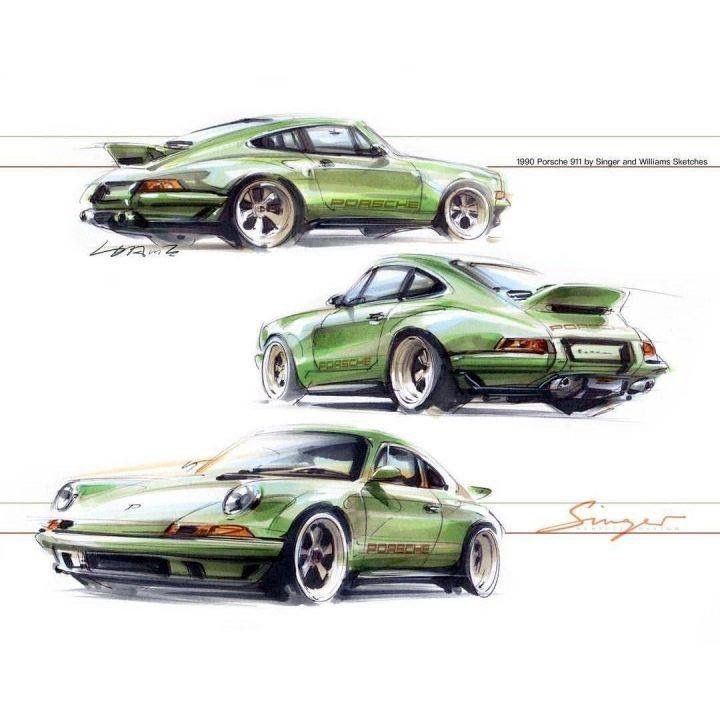
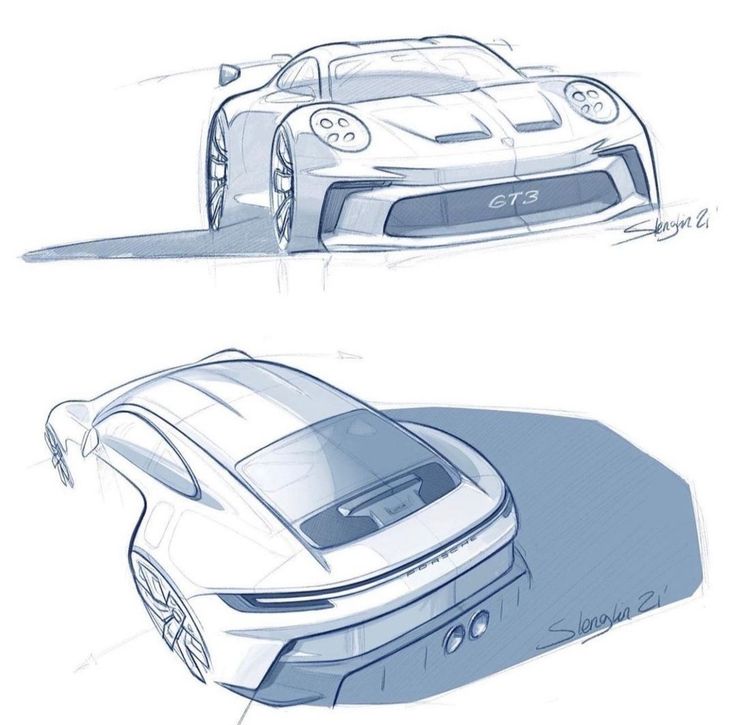
Dynamic shading is crucial for conveying depth and realism in car drawings. Using a combination of light and shadow can highlight the car’s contours and surfaces. Artists should pay attention to the light source and how it interacts with the car’s shape.
Tips for effective shading:
- Use a range of pencils. Start with soft pencils for darker shades and harder ones for lighter areas.
- Layering technique. Gradually build up layers of shading to create a smooth transition between light and dark areas.
- Reflective surfaces. Include highlights and reflections to simulate shiny car bodies.
Understanding how to manipulate shadows and light can transform a flat sketch into a three-dimensional image.
Drawing Cars in Motion
Capturing movement adds vitality to car illustrations. Artists should focus on conveying speed through perspective and lines. Leaning or blurred lines can suggest motion, making the vehicle feel alive.
Key techniques:
- Foreshortening. Apply this technique to make parts closer to the viewer appear larger, creating a sense of depth.
- Motion lines. Use lines trailing behind the car to indicate speed. The angle and length of these lines should suggest acceleration or deceleration.
- Body tilt. Slightly tilting the car can create a dynamic effect, indicating cornering or aggressive movement.
These methods help communicate the excitement of speed effectively.
Capturing Form and Function
Understanding the relationship between form and function is fundamental in automotive design. An artist must analyze both the aesthetic appeal and practical aspects of a car. This includes examining aerodynamics and design efficiency.
Considerations when capturing this relationship:
- Study real cars. Analyze various models to understand how design serves function.
- Focus on details. Features like headlights, wheel wells, and airflow elements can reveal a car’s functional purpose.
- Proportion matters. Ensure that each component is proportionate, reflecting how different parts work together.
Integrating these elements into a drawing fosters a nuanced representation of vehicles, illustrating both beauty and engineering prowess.
Diverse Approaches to Car Drawings
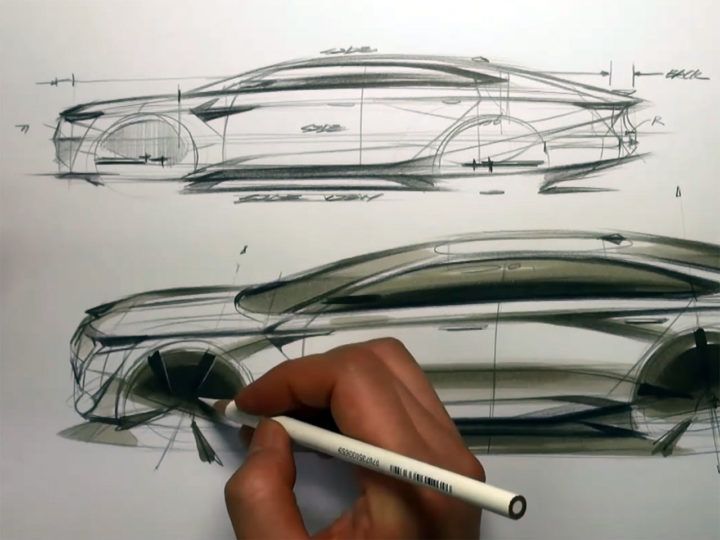
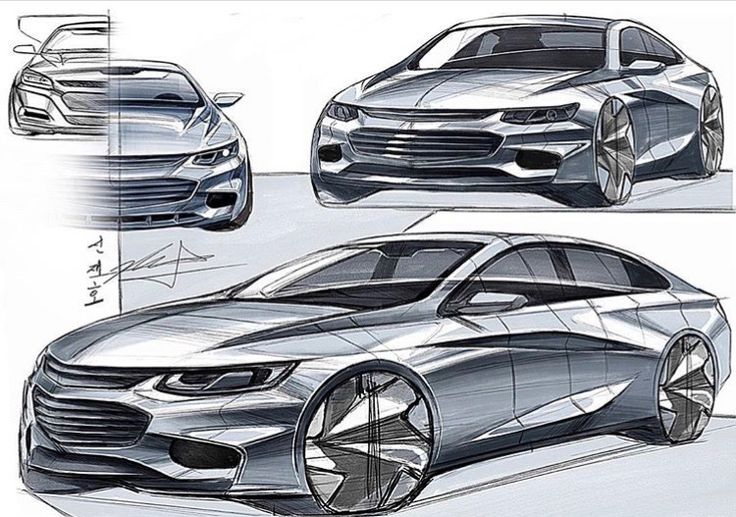
Various techniques can enhance the representation of cars through drawing. These approaches include utilizing reference images, expressing different perspectives, and taking advantage of digital drawing software. Each method provides unique benefits that can refine the artist’s skills and outcomes.
Using Reference Images Effectively
Reference images are crucial for accurate car drawings. They provide essential details about proportions, shapes, and surface materials.
To maximize their utility, artists should:
- Collect a variety of photos showcasing different cars, focusing on unique designs.
- Analyze the photographs for perspective, lighting, and shadowing effects to improve realism.
- Use images from multiple sources to gain a comprehensive understanding of specific car models.
When drawing, it’s beneficial to have the reference image nearby for continual comparison. This practice ensures fidelity to the car’s characteristics, reinforcing the artist’s commitment to detail.
Drawing Cars From Different Angles
Capturing cars from varied angles allows for a more dynamic representation. Each perspective highlights different aspects of a vehicle’s design and elevates the drawing’s overall impact.
Artists should consider:
- Sketching from front, side, and rear views to understand the vehicle’s silhouette.
- Experimenting with low and high angles to convey speed and power.
- Practicing foreshortening techniques, which can create depth and a sense of movement.
By embracing various angles, the artist can create compelling compositions that showcase the car’s features effectively.
Utilizing Drawing Software
Digital drawing software offers significant advantages for car illustration. Programs like Adobe Illustrator or Procreate enable artists to experiment with color, texture, and line precision.
Some benefits include:
- Layers, which allow for adjustments without altering the base drawing.
- Tools for auto-symmetry in car body shapes, ensuring balanced designs.
- Options for adding realistic lighting effects and textures easily.
Utilizing these features can enhance the artist’s workflow and result in polished, professional-looking drawings. Digital methods also facilitate easy sharing and revisions, making it a practical choice for many artists.
Exploration and Innovation in Automotive Art
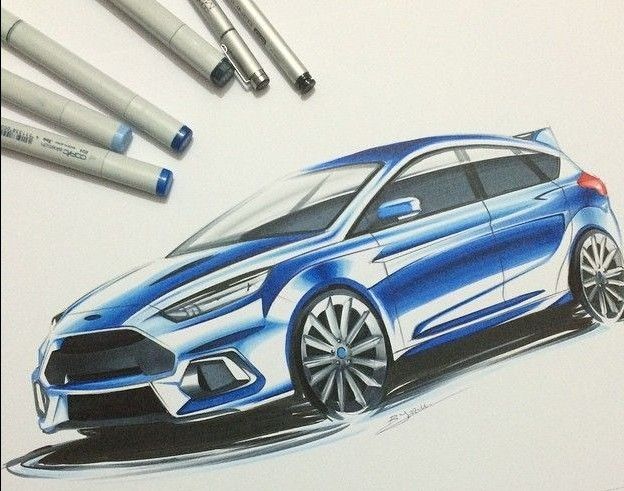
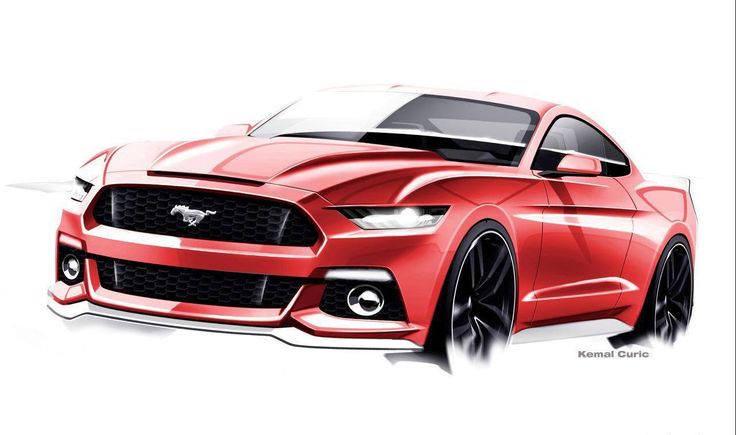
Automotive art thrives on creativity and the integration of evolving trends. Artists continually seek unique ways to express their vision of cars, marrying technique with innovative design elements.
Incorporating Unique Elements into Car Sketching
Incorporating unique elements into car sketching can elevate the artistic expression. Artists often experiment with textures and patterns that reflect a vehicle’s character. For instance, using mixed media can add depth, while digital tools may introduce innovative textures unattainable through traditional methods.
Key techniques include:
- Overlaying textures: Combine different materials like charcoal, ink, or even fabric to create visual interest.
- Dynamic angles: Emphasize speed by sketching from unconventional perspectives.
- Color experimentation: Bold colors can convey emotions associated with the vehicle’s design.
These strategies not only enhance the sketches but also allow for personal expression.
Exploring Automotive Design Trends
As automotive design evolves, artists must stay informed of current trends. Concepts such as sustainable materials and aerodynamic forms influence how cars are envisioned and rendered. Artists who understand these trends can incorporate contemporary elements into their sketches.
Current trends impacting automotive art include:
- Sustainability: Use of eco-friendly materials in design calls for an artistic examination of these aspects.
- Futuristic designs: Sleek, minimalist forms challenge artists to visualize the car of tomorrow.
- Customization: Art that reflects personalized modifications often resonates more with audiences.
By remaining aware of these factors, artists can effectively bridge their work with the latest automotive innovations.
Concluding Thoughts on Mastering Car Drawings
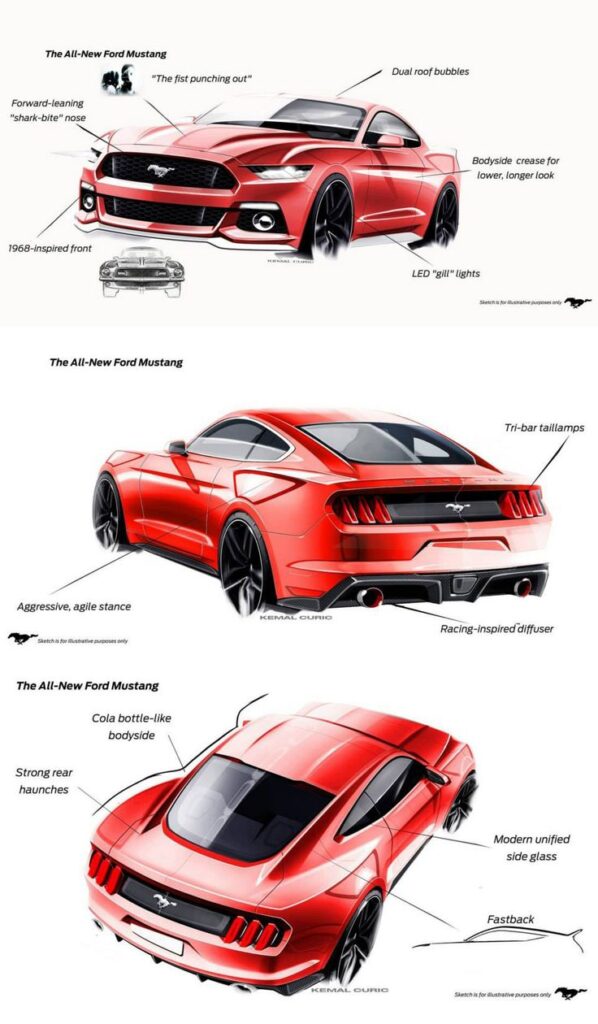
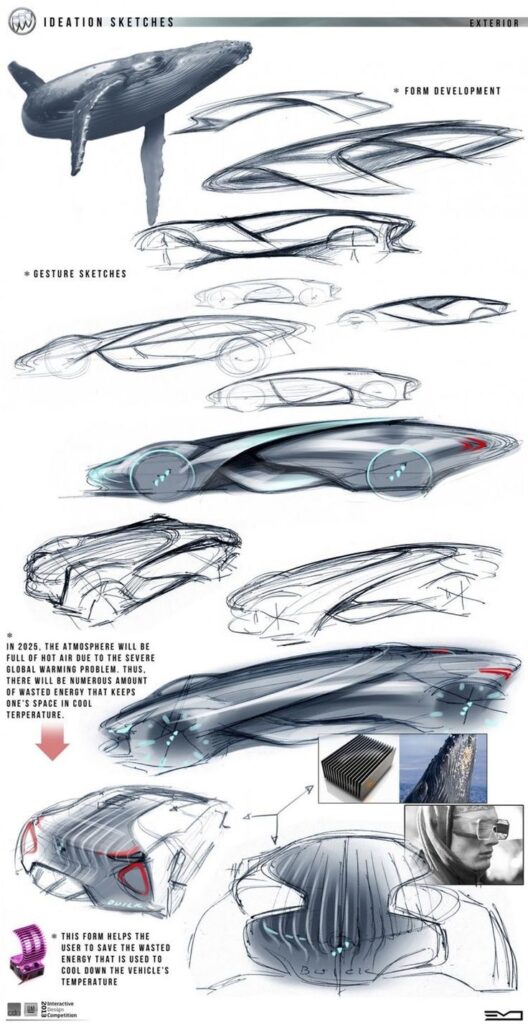
Mastering car drawings requires practice and attention to detail. Each artist must develop a personal style while understanding foundational techniques.
Key Techniques:
- Observation: Studying real cars helps capture their proportions and details accurately.
- Line Work: Clean lines define the structure and contours of the vehicle.
- Shading: Realistic car drawings benefit from effective shading, enhancing the three-dimensional illusion.
Resources for Improvement:
- Books: Look for publications that focus specifically on drawing cars.
- Online Tutorials: Platforms like YouTube offer visual guidance for various techniques.
- Practice: Regular drawing sessions lead to improvement and confidence.
As artists refine their skills, they should focus on portraying speed and sleekness. Understanding the mechanical aspects of cars can add realism to their work.
They must not shy away from experimenting with different styles and mediums. Each attempt contributes to growth as an artist.
Embracing mistakes as learning opportunities is essential. Mastery comes with persistence and a willingness to adapt.
Ultimately, car drawing is about blending technical skill with personal expression. Through dedication, artists can create impressive, realistic car illustrations that resonate with viewers.
Frequently Asked Questions
This section addresses common inquiries related to the techniques and materials involved in drawing cars effectively. It covers essential steps for proportion, shading techniques, materials needed, capturing motion, adding details, and selecting perspectives.
What are the fundamental steps to sketch a car with proper proportions?
To sketch a car accurately, start by establishing basic shapes. Outline the car’s main body using rectangles and circles to map out the proportions. Measure the heights and widths relative to one another, ensuring the wheels align with the body.
Can you suggest effective techniques for shading and rendering car illustrations?
Using a range of pencils can enhance the depth in car illustrations. Start with a light touch for initial layers, gradually increasing pressure for darker areas. Cross-hatching and blending can create a realistic metal sheen, adding dimension to the vehicle.
What materials are needed for drawing cars professionally?
Key materials for professional car drawing include high-quality sketch paper, mechanical pencils, and a variety of graphite pencils. Markers can also be useful for color rendering. An eraser and blending stumps will help refine details and finish the work.
How can one capture the sense of motion in static car drawings?
To convey motion, artists can tilt the car’s body or add motion lines around it. Emphasizing tire movement through curved lines or blurring effects also enhances the dynamic feel. A low-angle perspective makes the car appear more aggressive and fast.
Could you outline the process of adding details to car drawings to make them look realistic?
Start with basic shapes before integrating intricate elements like headlights, grilles, and contours. Focus on reflections and highlights to mimic shiny surfaces. Consistent detailing across the entire drawing, from the tires to the windshield, enhances realism.
What advice can you give on choosing perspectives when drawing cars?
Select perspectives that highlight the car’s features, such as a three-quarter view or side profile. Experimenting with different angles can help find the most dynamic representation. Keep in mind the proportions; foreshortening can create a more engaging angle.
- 401shares
- Facebook0
- Pinterest401
- Twitter0

